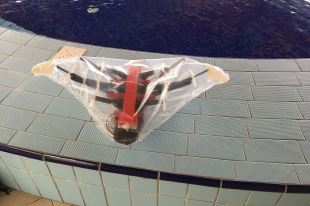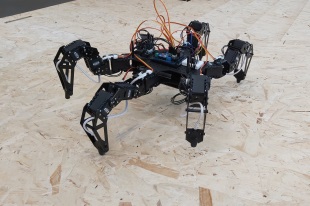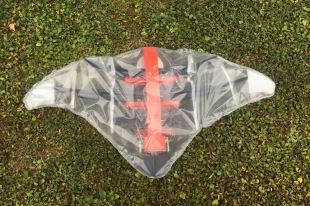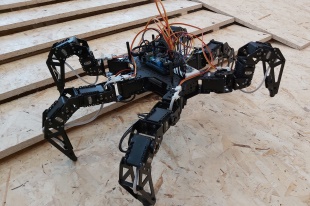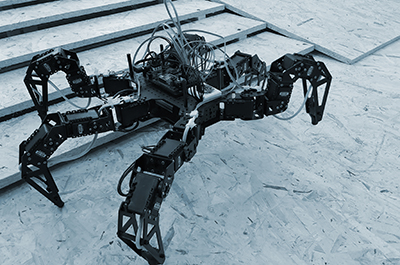
In the first years of the XVI century, Leonardo da Vinci wrote the “Codex on the Flight of Birds”. Observing the only creatures capable of going to the sky suggested to the Italian genius which characteristics should have a piece of machinery finally allowing men to fly. Truth be told, the mechanic eagle never really took off but, for sure, became the starting point to design some centuries later machines allowing us to travel fast around the globe. Even though Leonardo never felt the satisfaction to “fly like a bird”, he for sure designed the first bio-inspired machine in history.
From that moment on, observing Nature and re-thinking its applied solutions to think of innovative ideas led to many success stories. Like the one of the designer Eiji Nakatsu, who radically transformed the aerodynamic of high-speed trains inspired by some aquatic birds. Or, the one of George de Mestral, who invented Velcro getting the input from small burdock seeds clinging to his trousers when hunting.
Just a few decades ago - precisely in 1969 - Otto H. Schmitt coined the word "Biomimetics" to standardise the new design approach imitating (mimesis) life (bios). During the past few years, the research topics linked to Bioinspired Design caught the interest of the academic and industrial worlds because of the enormous potential in offering solutions to hard-solving problems by adopting a traditional design approach.
The “bioinspired” approach aims at designing new technological solutions inspired by nature. Reaching the objective is possible by observing the morphological and functional features of biosystems, studying materials, sensing, deciding and behavior abilities. Nevertheless, to reach the next level it is necessary to understand the basic principles that make these systems operate, customize their essential features, and transform them into several different technical problem-solving applications.
The interest to know further the discipline led to creating the experimental “Bioinspired Systems” Lab, located on our campus in Lecco. Prof. Simone Cinquemani explained: “it is a space devoted to multidisciplinary research activities, originating in mechanics leaning towards including architecture, design, bioengineering, biology, and neuroscience”.
The lasts lab activities focus on robotic applications. In particular, the activities aim at developing autonomous robots able to move on the grounds and underwater, putting an extra effort into coming up with highly efficient and easy to maneuvers solutions able to move in hostile environments. These are highly multidisciplinary activities that require not only skills in mechanics but also electrical engineering, fluid dynamics, and biology. At the same time, the research activities also focus on topics such as robot manipulation and human interaction. Therefore, what is known as “soft-robotics” introduces in this field new viable approaches to design biomedical devices that imitate the natural ability of bio-systems to adapt to the surrounding environment, thanks to their compliance.
Our lab researchers closely cooperate with the “MicroBioRobotics” IIT research group, coordinated by Dr. Barbara Mazzolai and with whom we are creating new teaching and research synergies. Moreover, the first edition of the “Bioinspired systems” PhD course will start next September, on the same path as the previous dissemination “Bioinspired robotics” course part of the Passion In Action initiative.

